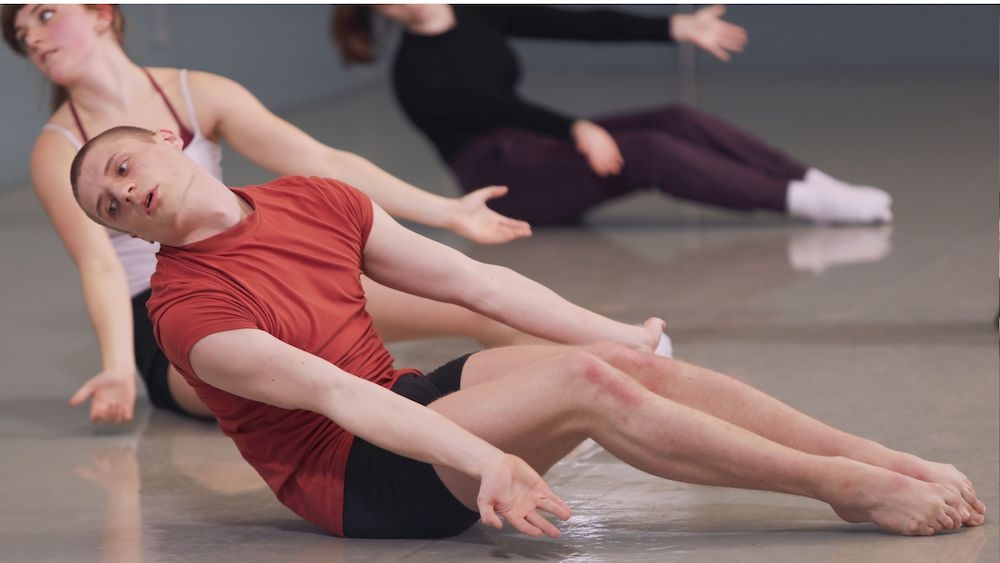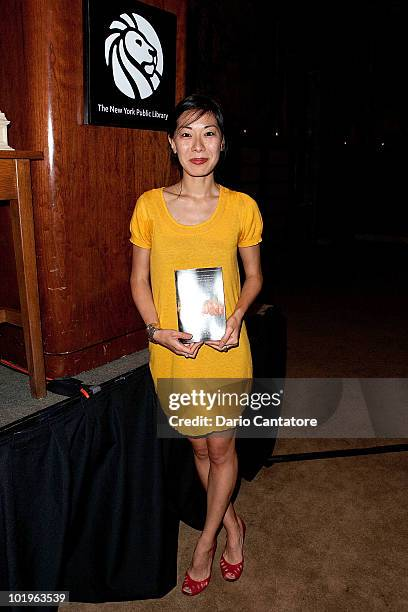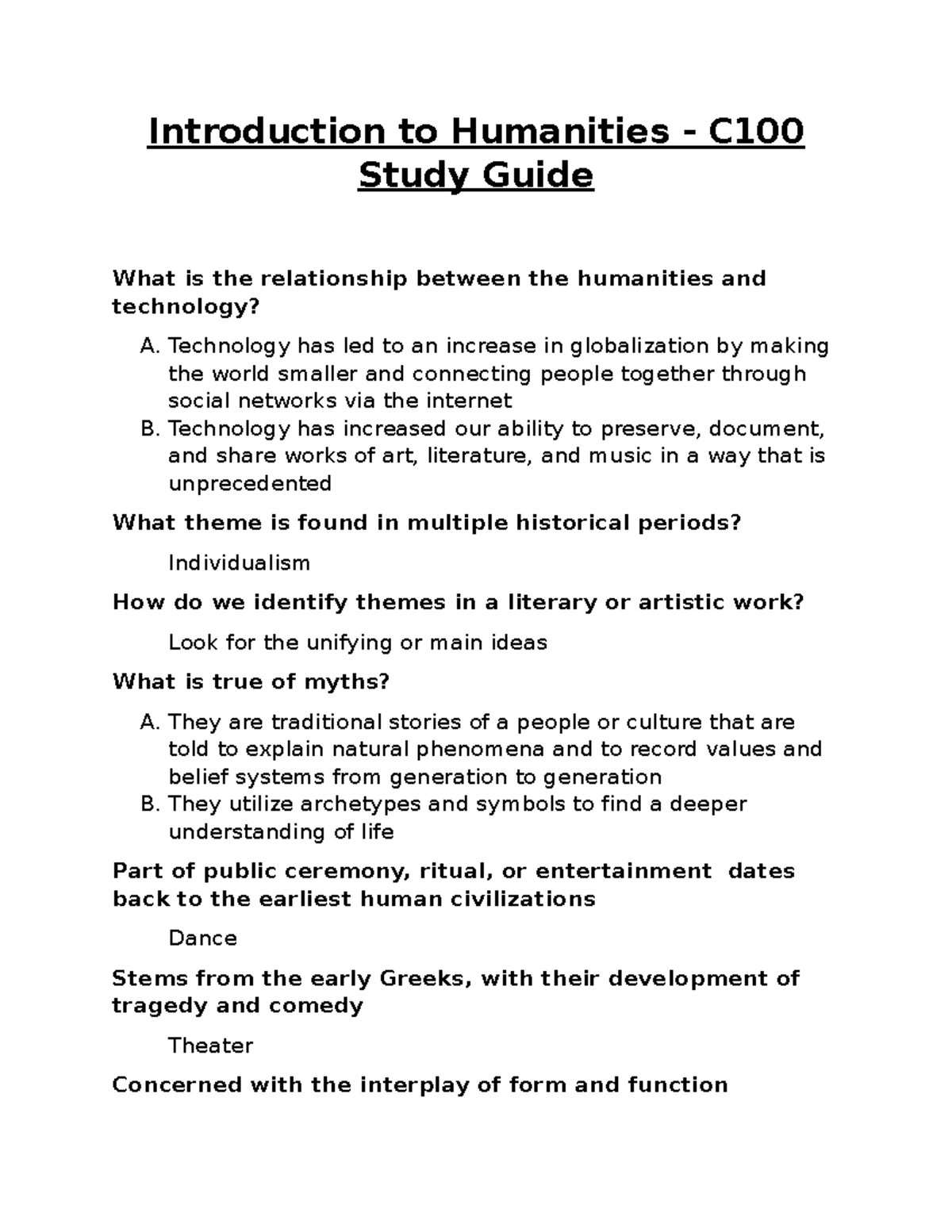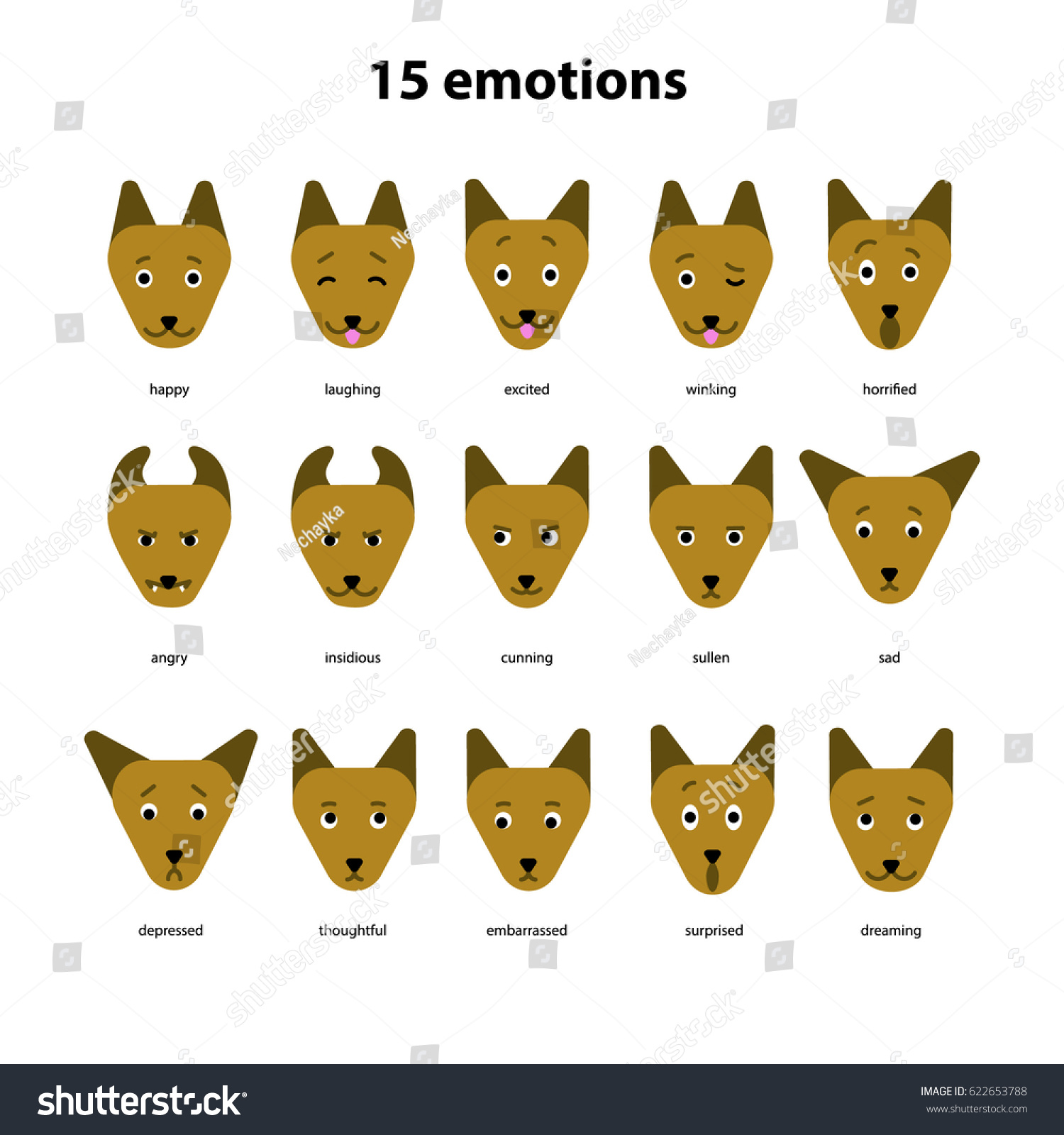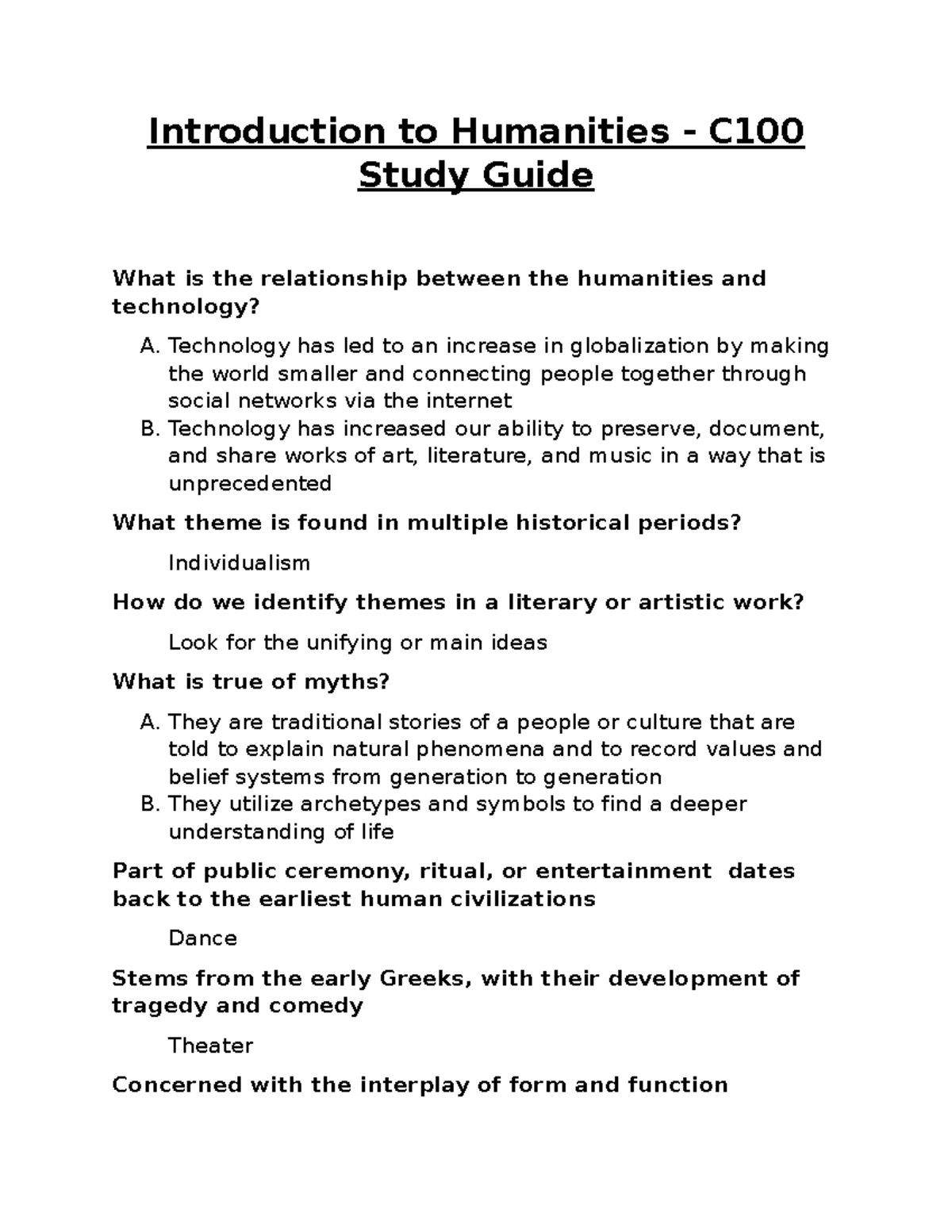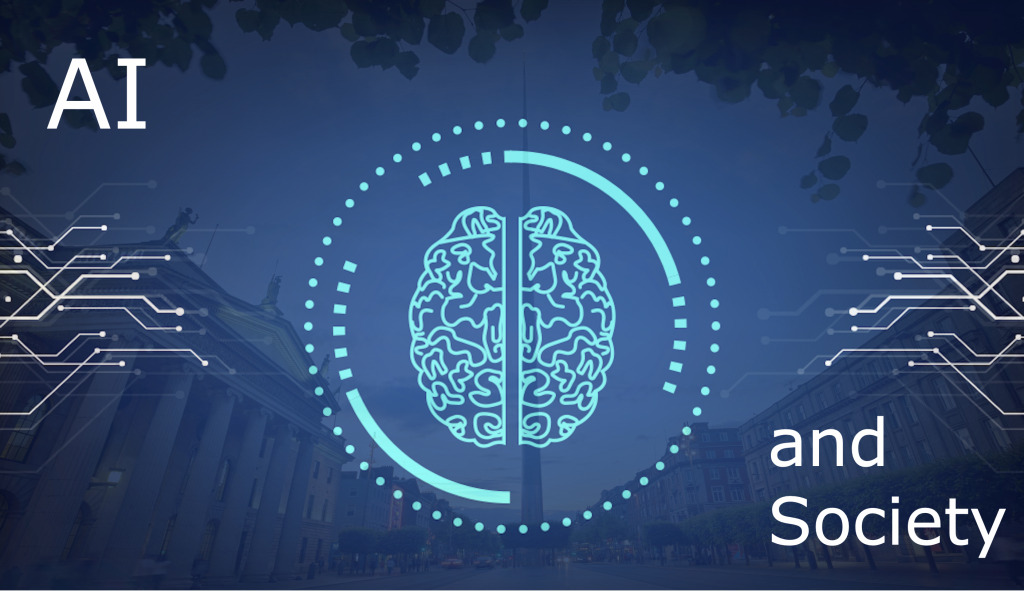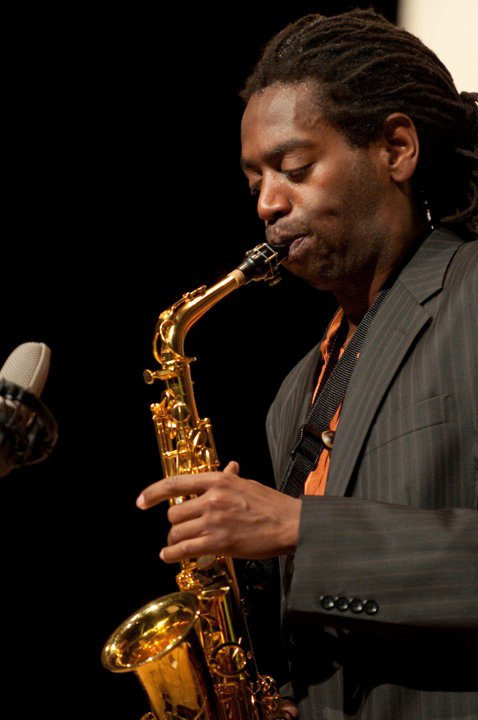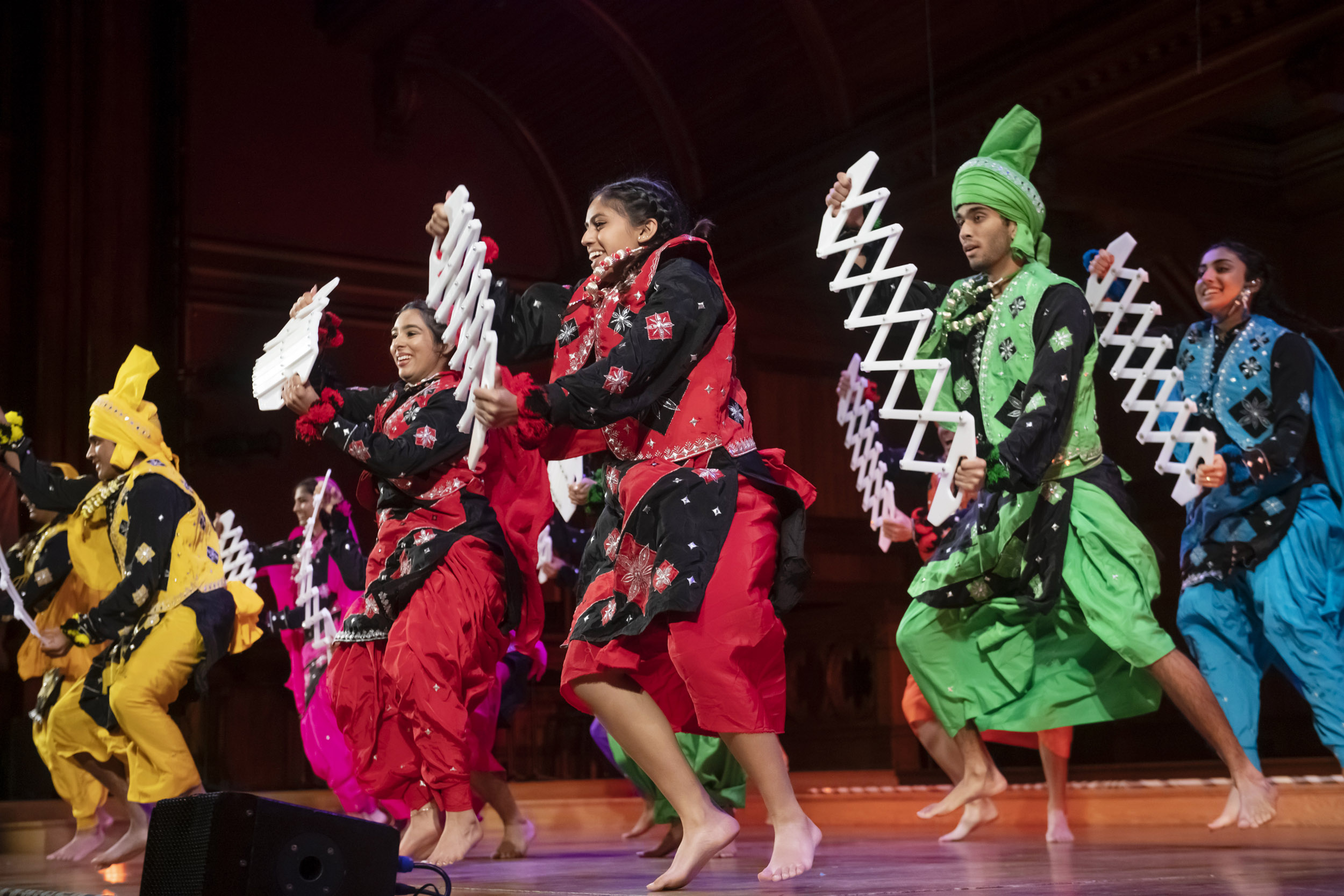Dance techniques encompass a wide array of styles and methods that can transform how one moves and expresses themselves. Whether you’re a seasoned performer or just starting with dance techniques for beginners, understanding the fundamentals can unlock the joy of movement. From rhythmic footwork to fluid body waves, these techniques are not just about physical representation but about telling your story. Dancers often seek dance release tips to enhance their performances, encouraging them to embrace spontaneity and dance like nobody’s watching. Perhaps the most profound aspect of dance is its ability to connect with spiritual dancing, a practice that emphasizes the emotional and mystical qualities of movement.
Exploring the art of movement involves various methods and practices that can enrich your dancing experience. When delving into the world of choreography and physical expression, individuals can discover unique approaches to enhance their technique. Learning how to express yourself on the dance floor opens the door to new possibilities and emotional expression, often transcending mere skill. Techniques designed for beginners focus on building confidence and releasing inhibitions, allowing dancers to embrace their authentic selves. Ultimately, the journey of dance is about finding your rhythm and connecting with the deeper, sometimes spiritual, aspects of movement.
Unlocking Dance Techniques for Beginners
Understanding the fundamental dance techniques is essential for any beginner looking to express themselves through movement. Starting with basic steps and postures, beginners can gradually build their confidence on the dance floor. It’s important to begin with simple routines and focus on body control and rhythm. As you practice, pay attention to your body’s movements and how they connect to the music. Taking dance classes can also provide a structured approach, with instructors offering guidance tailored to your skill level.
Incorporating diverse styles into your beginner dance journey can significantly enhance your experience. Consider exploring various genres such as contemporary, jazz, or hip-hop to discover what resonates with you. Each style has its unique techniques, and experimenting with them can reveal new aspects of movement and expression. Additionally, engaging in dance workshops or community classes can provide an opportunity to learn dance techniques from experienced dancers, ensuring that you develop a well-rounded foundation.
Dance Release Tips for Emotional Expression
Dance can be a powerful tool for emotional release, allowing individuals to express feelings that words often cannot capture. Utilizing specific dance release tips can enhance this experience. For instance, focusing on improvisation encourages dancers to let go of structured movements and instead allow their bodies to respond authentically to music and emotion. This spontaneity not only promotes physical freedom but also fosters a deeper connection to one’s emotional state.
Another effective dance release tip is to embrace the concept of making mistakes. Many people fear judgment in social dance settings, but learning to dance as if nobody’s watching can dramatically shift your perspective. By allowing yourself to move without fear of imperfection, you create an environment where emotional expression can flourish. Remember, the essence of dance is about feeling; the more you allow yourself to be present in your body, the greater the release you will experience.
The Spiritual Aspect of Dance
Spiritual dancing has been deeply rooted in various cultures throughout history, providing participants with a means to connect with their inner selves and the world around them. In practices like djine foly from Mali, dancers enter a trance-like state, which fosters feelings of joy and profound emotional release. This concept is not just limited to one culture but resonates across different traditions, where dance becomes a spiritual experience.
In the Black community, the concept of ‘catching the holy ghost’ during dance is a vivid example of how movement transcends physicality. It embodies a spiritual phenomenon that emphasizes the connection between the body and spirit. By engaging in spiritual dancing, you embark on a journey that celebrates cultural history while allowing for personal introspection and connection with the divine.
Building Confidence in Dance Performance
Confidence is a crucial component when it comes to dancing, whether in a performance or a social setting. To build this confidence, it’s essential to practice regularly and embrace the joy of moving. Understand that learning to dance is a journey, and every dancer, regardless of their skill level, faces challenges along the way. Celebrating small victories, like mastering a new move or simply enjoying your time dancing, can greatly enhance your self-assurance.
Additionally, seeking constructive feedback from instructors or peers can provide invaluable insights into your progress. It’s also helpful to set specific goals for yourself, whether that’s learning a new dance technique or participating in a local showcase. Such objectives will not only give you something tangible to focus on but also instill a sense of accomplishment as you progress. Remember, dance is a celebration of expression, and the more you embrace it, the more confident you will become.
Express Yourself: The Freedom of Dance
Many people feel restricted by societal expectations when it comes to performance, but embracing the freedom of dance can be liberating. The phrase “dance like nobody’s watching” encapsulates the essence of this freedom, inviting individuals to express themselves fully without the fear of judgment. This approach allows dancers to convey genuine emotions and connect with their innermost selves, leading to a transformative experience.
To cultivate this sense of freedom, set aside time to dance in a private space where you feel comfortable. Play your favorite music and let your body move intuitively. Focus on how the music makes you feel rather than how you look; this shift in perspective can unlock layers of creativity and expression. Ultimately, the freedom of dance lies in its ability to unite body and spirit, encouraging a deeper understanding of yourself.
Finding Your Dance Style
Exploring different dance styles is instrumental in finding the one that truly resonates with you. Each dance form carries its unique flavor and creative freedom, allowing individuals to express themselves in diverse ways. Whether you are drawn to the fluidity of contemporary, the rhythm of salsa, or the sharpness of hip-hop, trying out various classes can help you discover your passion.
As you journey through different techniques, take note of how each style makes you feel. Dance can also be a reflection of one’s personality, and recognizing which styles align with your energy can amplify your enjoyment. Furthermore, embracing aspects from various dance techniques enables you to evolve your style, creating a unique blend that is distinctly your own.
The Importance of Breath in Dance
Breath is an often overlooked yet essential element in dance. It not only supports physical movements but also enhances emotional expression. By incorporating conscious breathing into your dance practice, you can create a deeper connection between body and mind, facilitating a more immersive experience. Consider focusing on your breath when learning new dance techniques to establish a sense of grounding and awareness.
In moments of high energy or tension during dancing, using breath to calm and center yourself can significantly improve your performance. Treat each inhale as an opportunity to invite energy and positivity, while each exhale helps release any tension or stress. Breath control can transform your dance experience, allowing you to express yourself more fully and authentically in your movements.
Dance as a Therapeutic Practice
Dance therapy is increasingly recognized as a powerful therapeutic practice that uses movement to promote emotional and physical healing. Engaging in dance allows individuals to explore their feelings, release emotions, and connect with themselves on a deeper level. Whether you are experiencing stress, anxiety, or simply seeking joy, dancing can be a form of self-care that nurtures your well-being.
Studies have shown that participation in dance can lead to improvements in mental health, reducing symptoms of anxiety, and enhancing mood through the release of endorphins. It also fosters social connections, reducing feelings of isolation. By incorporating dance into your life, you not only engage your body but also nourish your spirit, creating a holistic approach to healing and personal growth.
Preparing for a Dance Performance
Preparation for a dance performance goes beyond just physical practice; it involves mental and emotional readiness as well. One of the most important aspects of preparing for a performance is to visualize your success. Imagine yourself executing each movement flawlessly, connecting with the audience, and enjoying every moment. This mental rehearsal can enhance your confidence and set a positive tone as you approach the performance.
Additionally, it’s essential to establish a warm-up routine that includes both physical stretching and mental focus exercises. Allowing your body to warm up prepares your muscles and joints, minimizing the risk of injury while maximizing performance potential. Lastly, on the performance day, remember to embrace the experience, channeling all the emotions and energy into your dance. A successful performance is not just about technical perfection but also about emotion and connection.
Frequently Asked Questions
What are some effective dance techniques for beginners?
For beginners looking to improve their dance skills, focus on foundational dance techniques such as basic footwork, body isolations, and rhythm exercises. It’s crucial to practice consistently and consider taking classes to learn the fundamentals, which will lay a solid groundwork for more advanced styles. Utilizing dance release tips can further enhance your learning by helping you relax and find freedom in your movements.
How can I incorporate spiritual dancing into my routine?
Incorporating spiritual dancing into your routine involves creating a space where you can express yourself freely. This type of dance often focuses on connecting with one’s inner self or a higher power, transcending the physical form. Start by choosing music that resonates with you, allowing your body to move intuitively without constraints. Engaging in meditation before dancing can also enhance the spiritual experience.
What are some dance release tips to improve my technique?
To improve your dance technique through release, try to focus on letting go of tension in your body. Practice deep breathing and use visualization techniques, imagining your movements flowing smoothly. Also, don’t hesitate to shout or express joy in your dance; this can help remove mental blocks, allowing for a greater release. Remember, the goal is to enjoy the process and not worry too much about how you look.
How can I dance like nobody’s watching?
To dance like nobody’s watching, cultivate a mindset of freedom and joy. Start by choosing a comfortable and private space, turn on music that inspires you, and let your body move without inhibition. Focus on how the dance makes you feel rather than how it looks. Embracing the idea of dance as personal expression can help you lose any self-consciousness.
What are common misconceptions about dance techniques?
Many misconceptions about dance techniques include the idea that one must look perfect or have prior experience to start dancing. In reality, dance is about personal expression, and everyone can find their style. Additionally, some believe that advanced techniques are necessary to enjoy dancing, but foundational skills and the joy of movement are what truly matter.
Can learning dance techniques benefit my mental health?
Absolutely! Learning dance techniques can significantly benefit mental health by providing a creative outlet to express emotions. Dance helps to elevate mood, reduce stress, and enhance overall well-being. The act of moving your body has been shown to release endorphins, promoting feelings of happiness and relaxation. Engaging in dance can also improve self-esteem and body image.
What roles do improvisation and creativity play in dance techniques?
Improvisation and creativity are essential components of dance techniques. They allow dancers to explore their individual styles and interpretations of music. Embracing improvisation can lead to a more authentic expression of one’s self, fostering a deeper connection to the art of dance. Practicing creative movement encourages adaptability and innovation, which are vital in developing unique dance techniques.
How do I maintain motivation to practice my dance techniques?
To maintain motivation while practicing dance techniques, set achievable goals and celebrate your progress. Joining a dance community or taking class can provide accountability and inspire you. Also, varying your routine by exploring different styles or incorporating creative challenges can keep your practice fresh and invigorating.
What should I focus on to improve my dance techniques at home?
When practicing dance techniques at home, focus on body alignment, strength, and flexibility. Use mirrors to self-correct your posture and movements. Incorporate dance release tips, such as embodying relaxation and letting go of tension, to enhance your practice. Watching tutorial videos or following online classes can also provide guidance and help refine your skills.
| Key Points | Details |
|---|---|
| Dance as Empowerment | Dance is about being seen and expressing oneself freely. |
| Healing Through Dance | Dance can be a cathartic experience, akin to writing — releasing pent-up emotions. |
| DJINE FOLY | Malian practice where dancers enter a trance, celebrating spiritual and emotional freedom. |
| Release and Abandon | Encouragement to dance without concern for how one looks, focusing on emotional expression. |
Summary
Dance techniques encompass the methods and styles that allow dancers to express their emotions, tell stories, and connect with their audience. By embracing the idea of dancing as if someone is watching, we unlock the potential for powerful personal expression. Techniques such as djine foly illustrate that dance can transcend physical movement, becoming a spiritual experience that fosters joy and release. In essence, successful dance techniques are not just about physical skill but also about connecting deeply with one’s emotions and embracing vulnerability.
